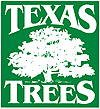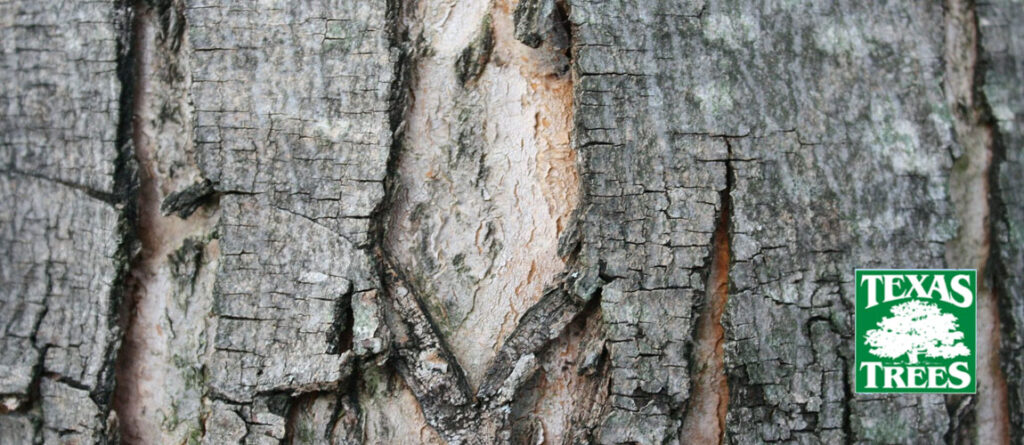Trees stay busy all year long providing oxygen, shade, a beautiful aesthetic for our outdoor spaces, and a host of many other benefits that we often take for granted. With all the work trees are putting in for us year round, it’s understandable that they have a little relaxation throughout the winter season to restore their strength to continue to deliver these essential perks for the rest of the year.
We often forget that we need to nurture them in return with some love and essential care. The North Texas Trees team is the top choice when it comes to Dallas tree trimming, Dallas tree root barrier service, Dallas tree removal, and overall Dallas arborist services, but our menu of services doesn’t stop with Dallas tree pruning. The North Texas Trees team takes the time, with a free consultation, to assess the needs of our trees to customize solutions specific to the health needs of your trees.
During the dormant season, trees take a little time off to rest and reset to conserve energy and adequately prepare themselves for spring. Trees begin to slow down around the beginning of fall and take it easy throughout the winter months. But when branches are bare, and there are little signs of activity to elude to any signs of life, a dormant tree easily takes on an eerie look of a dead tree, making it hard to distinguish if it’s healthy or just flat-out dead.
Luckily, there are a few easy ways for you to check your trees and make this distinguishment on your own to make sure your trees are still in good health. If you have any trouble, the North Texas Trees team will be happy to come out and provide a professional and free assessment To learn how to tell the difference between dormant and dead branches, take a quick look at the list below.
Easy 3 Step Check: Is Your Tree Dead Or Dormant?
1. LOOK FOR LIFE BUDDING
Trees in dormancy phase: Get up close to your tree as if to give it a great big hug of gratitude for all its service and begin to search for small little leaf buds. Yes, oddly enough even in the cold of winter, your trees should still have little buds! They can be small enough to overlook, but if you’re looking closely, you can see them peeking out of the branches. The branches can range from full of green buds alive and ready to bloom in the spring, to smaller baby buds with a light brown tint patiently waiting to emerge with more vibrant colors once the weather begins to warm up outside providing the right conditions for returning the trees to their natural glory.
Trees in trouble: A severe lack of buds, or buds that seem to be dry and shriveled up, are excellent indicators of dead branches. Check more than one branch to determine the overall fate of the tree better as one dead branch does not determine the health of the tree in its entirety. Another great indicator of a dead or dying tree are leaves that have clung to branches far past the stage of leaf drop. If you find that you have dead branches and/or limbs the North Texas Tree team is tops for Dallas tree pruning, Dallas tree injections, and Dallas tree removal if your tree is beyond any preventive or corrective care efforts.
2. INSPECT YOUR TREE TRUNK
Trees in dormancy phase: Just as tree leaves go through a cycle, your tree bark does as well. Bark will often replace itself just as often as the tree grows. Think of it like a growing kid whose clothes no longer fit. You wouldn’t expect yourself or a child to continue to wear the same pants year after year; rather you’d buy some new clothes that fit. This is the same for the bark of the tree. A good sign of positive tree growth is seeing fresh bark growing in.
Trees in trouble: If you’ve noticed that the bark layers of your tree’s trunk shed, but didn’t replace them with new bark growth, this could be an indication of tree decline. Inspect for cracks in the trunk as well, as cracking is also a symptom that arborists look for on dying trees. If you see this important warning sign, make sure to ask your arborist whether or not the tree is a risk that needs to be removed or not.
3. PERFORM THE SCRATCH TEST
Trees in dormancy: Using your fingertip or a small pocket-knife, lightly scratch a tiny section off of one of the tree’s twigs to gently expose the bright green underside of the bark. The layer that lies immediately under the bark should have a moist feel and be bright green.
Trees in trouble: If branches are brittle, you’ve got a problem. When you scratch the twig as previously instructed how to do, and it reveals a brittle, brown underlayer, then the twig is dead. Repeat this same test on a few more twigs to help determine the consensus of the tree’s health. Bending the twigs will also help determine if a twig is dead or not. If the twig snaps, it’s dead.
IF YOU’RE UNSURE IF YOUR TREE IS IN DORMANCY OR IN TROUBLE, CALL NORTH TEXAS TREES TODAY FOR A FREE CONSULTATION!

